| In 1999 I was fortunate enough to be awarded a
one year Post-Doctoral Research Stipendium (Biochemistry), for the study of
molecular biology in plant-pathogen interactions (Adelaide, Australia) by The Danish
Agricultural and Veterinary Research Council.The project itself is described by the
following extract from my original grant application to the Danish Research Council: 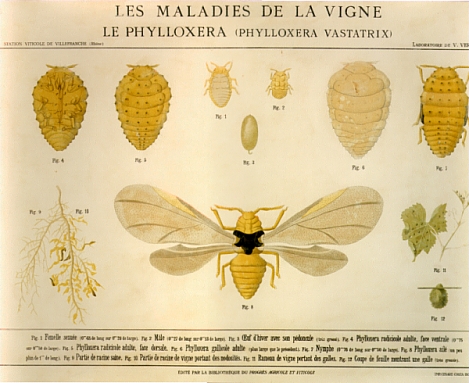
"Vitis vinifera, the grapevine
species used for most commercial grape production world-wide, is highly susceptible to
phylloxera. After phylloxera, root-nematodes are the second most important animal
parasites of V. vinifera. Both pests have had considerable impact on viticulture
world-wide. At present, the use of resistant rootstocks provides an adequate solution to
the problems associated with infestation of vineyards by phylloxera or nematodes, although
the grafting of V. vinifera to resistant rootstocks affects the longevity of the
vines, and thus the quality of the grapes. Molecular biology and genetic engineering offer
the prospect of providing well-defined genetic sources of resistance, which will enable
the introduction of phylloxera and/or nematode resistance into elite rootstock varieties,
or into V. vinifera itself.
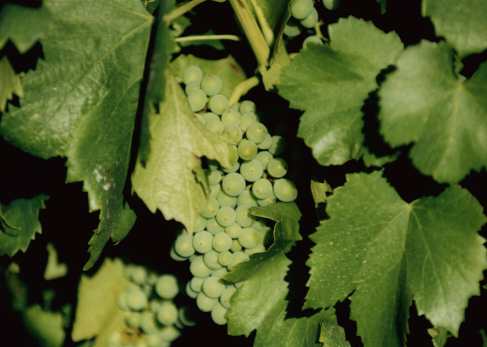
The aim of this project is to isolate root-specific, wound-inducible gene promoter(s) and
genes capable of disrupting phylloxera and/or nematode infestation in grapevine cultivars,
which together might be used to confer resistance to root pests in a wide variety of
agricultural crops. The identification of phylloxera-induced cDNAs in susceptible vines is
a novel strategy in studying the molecular changes which take place when grapevine roots
are invaded by root pests, and provides a unique system for characterizing root-pest
interactions. We therefore expect new and exciting information to be obtained, as well as
the production of a new range of genetic resources for the production of resistant plants.
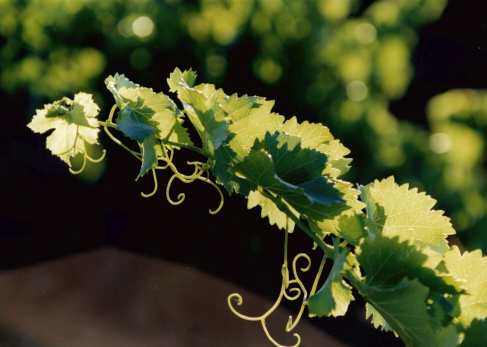
This project will contribute to the international
development of agricultural research, where Danish skills in plant biochemistry, pathology
and molecular biology will supplement the existing molecular biological expertise of the
Australian partner. The outcomes of this research will have applied significance, not only
to viticulture, but also to a wide range of other agricultural and horticultural crops in
Denmark which currently suffer devastating losses to root pests."
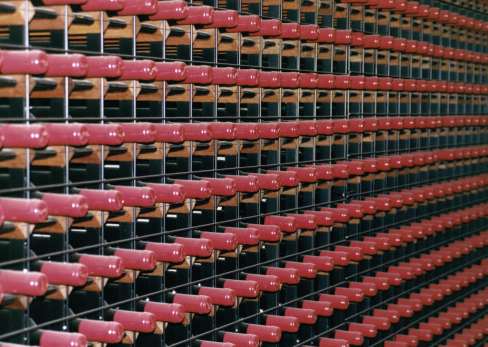
The project itself was interesting enough to drum up
financial support from the Danish Research Council. In the spirit of all this enthusiasm
(!), I have enrolled the help of a lab. technician (Karin Hansen) whom I am financing out
of my own pocket (although Robyn van Heeswijck via the HVO has been very kind in
contributing towards these expenses).
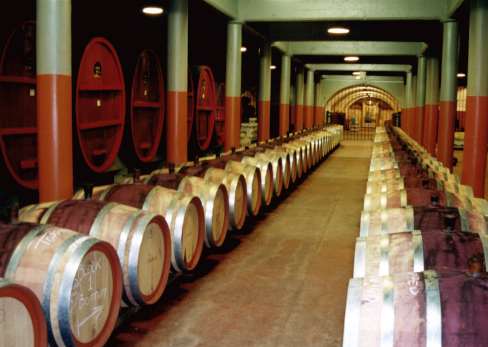
In this way I intend to compensate
for my relatively short involvement in the project, making it possible for me to attain
significant results in the space of 1 year. While Karen’s travel and accommodation
expenses are being met by me, her major reward is this exceptional opportunity to be
actively exposed to a competitive, international research environment. Together we have
made considerable progress during the first 1/3 of the project, including:
The isolation of mRNA and the preparation of CDNA from grapevine
roots
The preparation of a cDNA library of genes actively expressed in the
roots
The thorough characterization of this library
The establishment of techniques and cultures for the differential
screening of the library
The initiation of the screening process
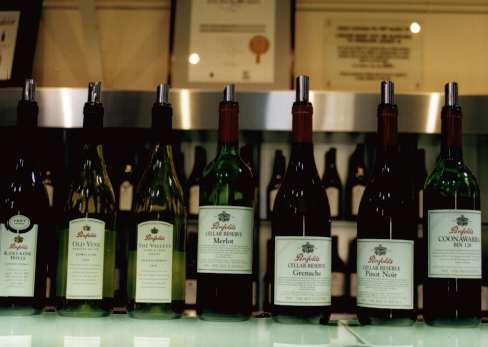
Thanks to Karen’s help during the most labor intensive part of the
project, we have advanced further than the original time plan of the project predicted.
With one month remaining of her stay, we anticipate that the primary screening process
will be completed in November 1999, permitting the subsequent analysis of differential
clones and the harvesting of novel and exciting results.
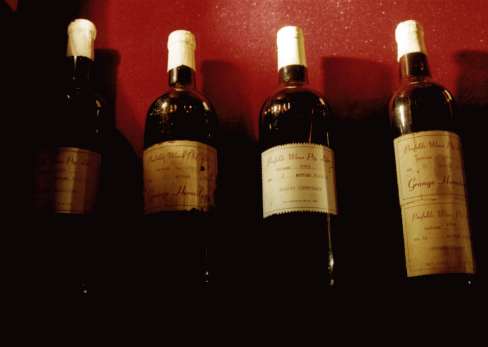

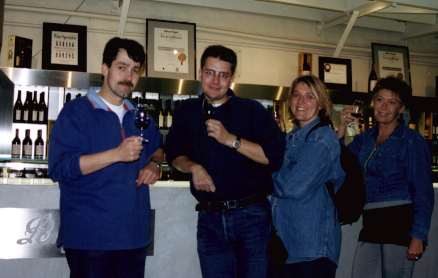
|